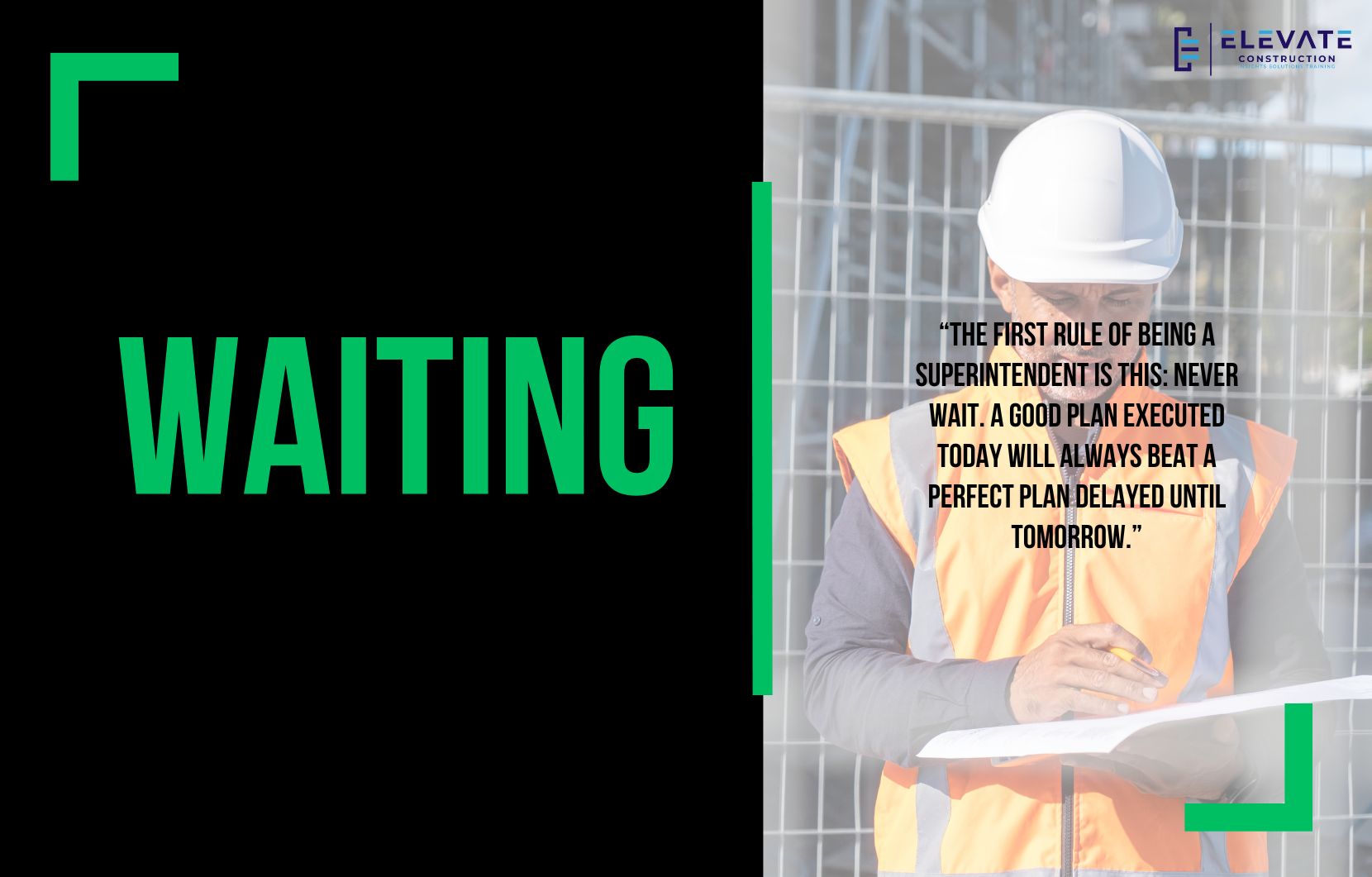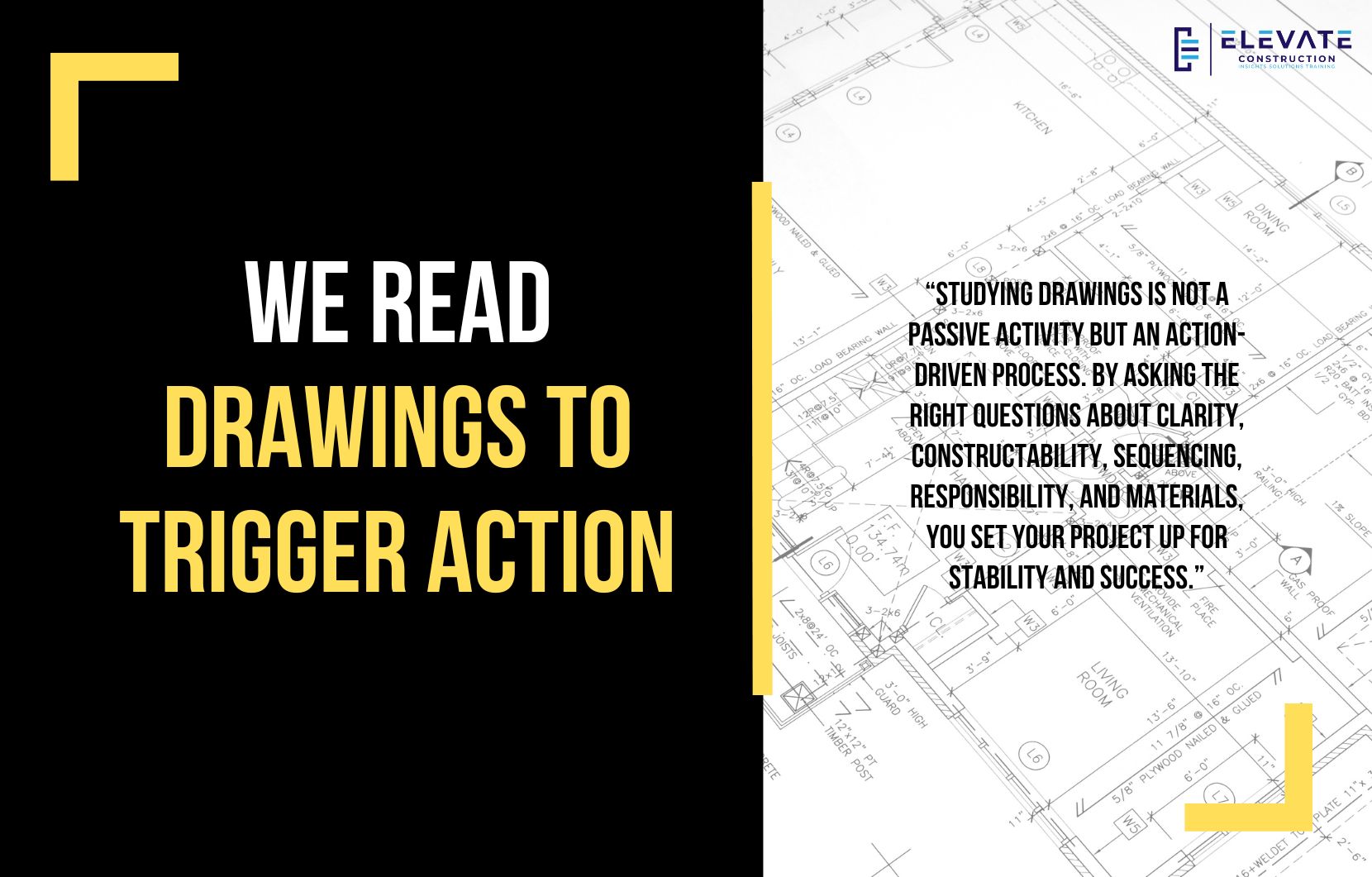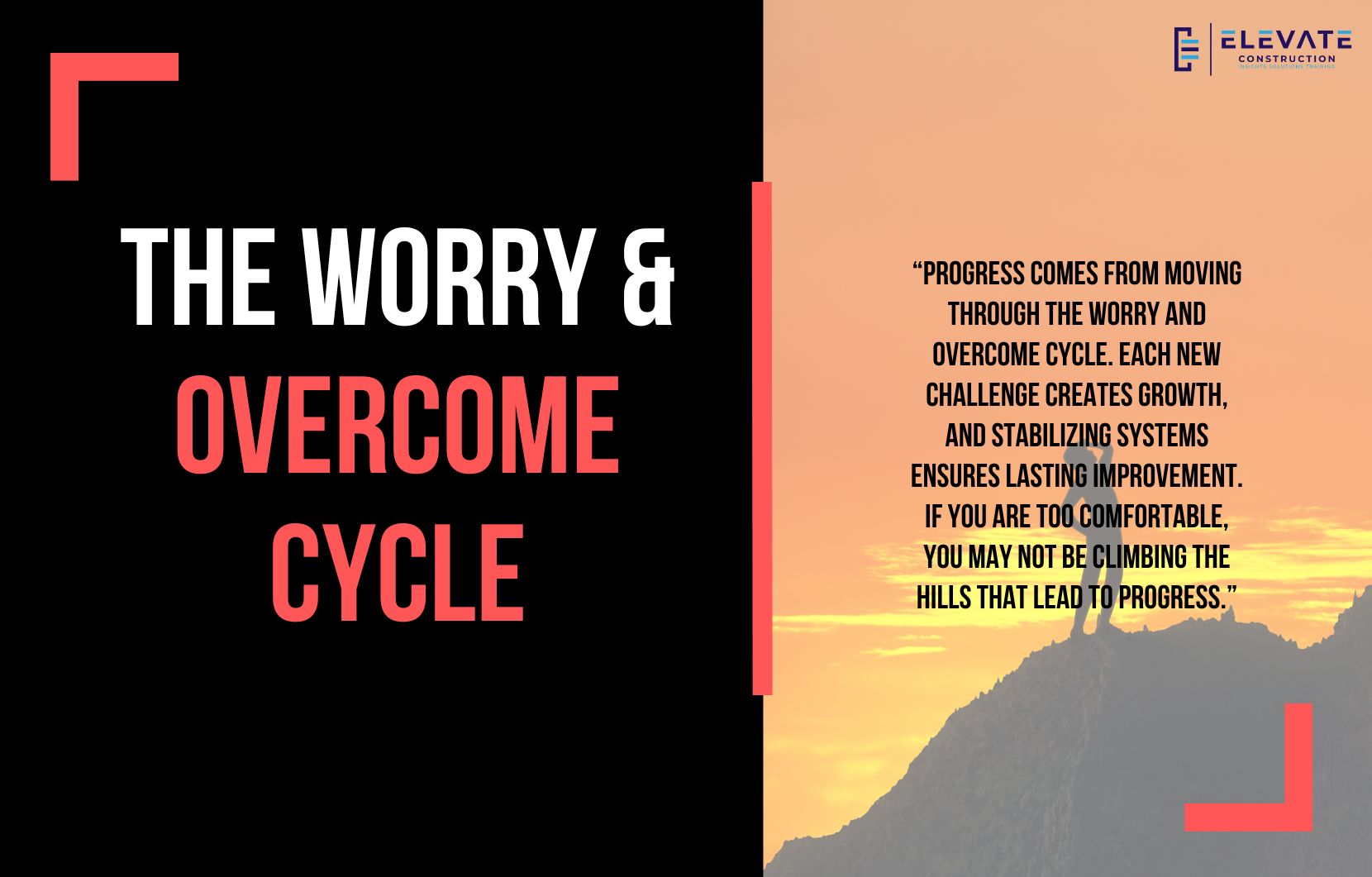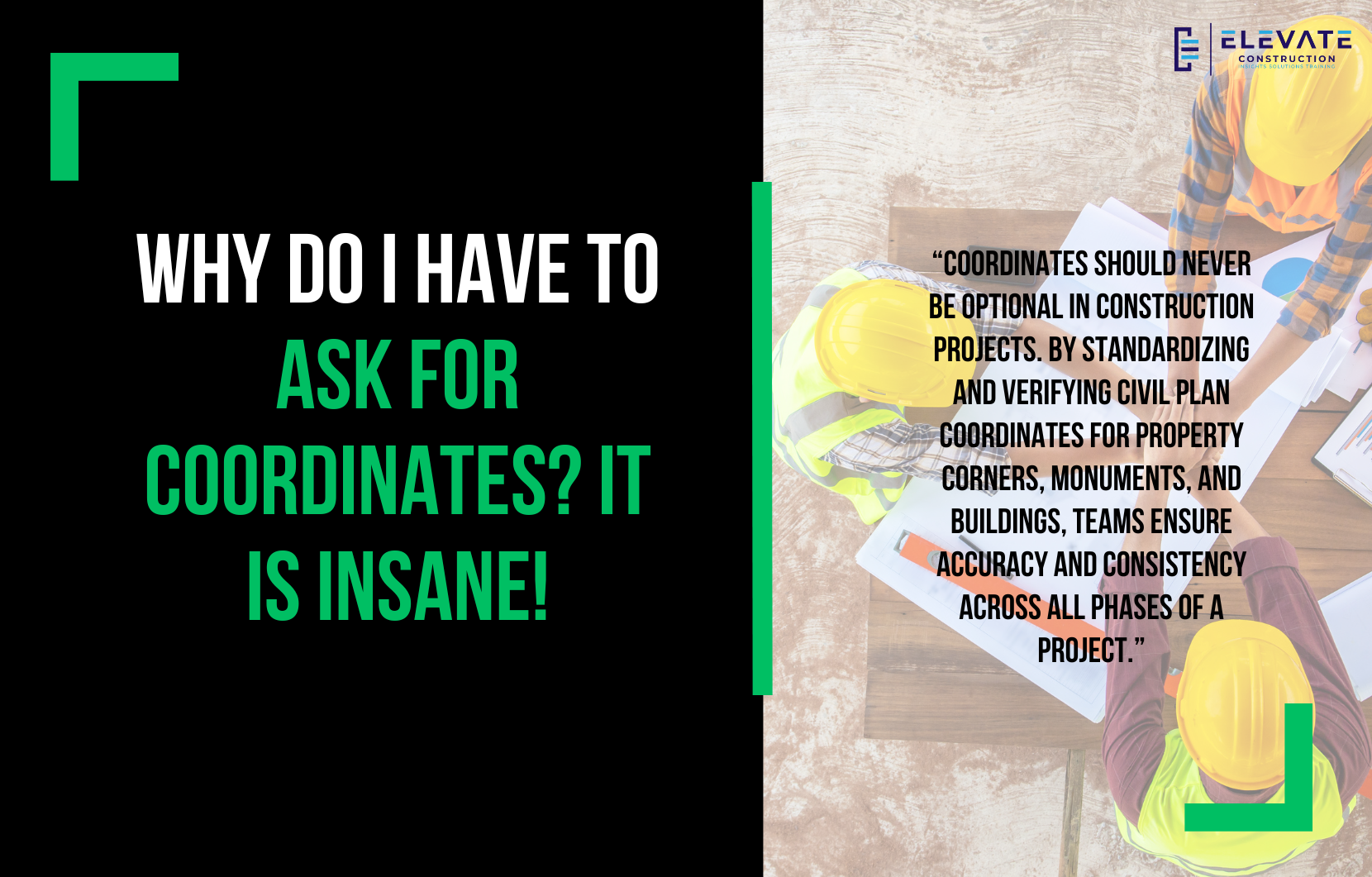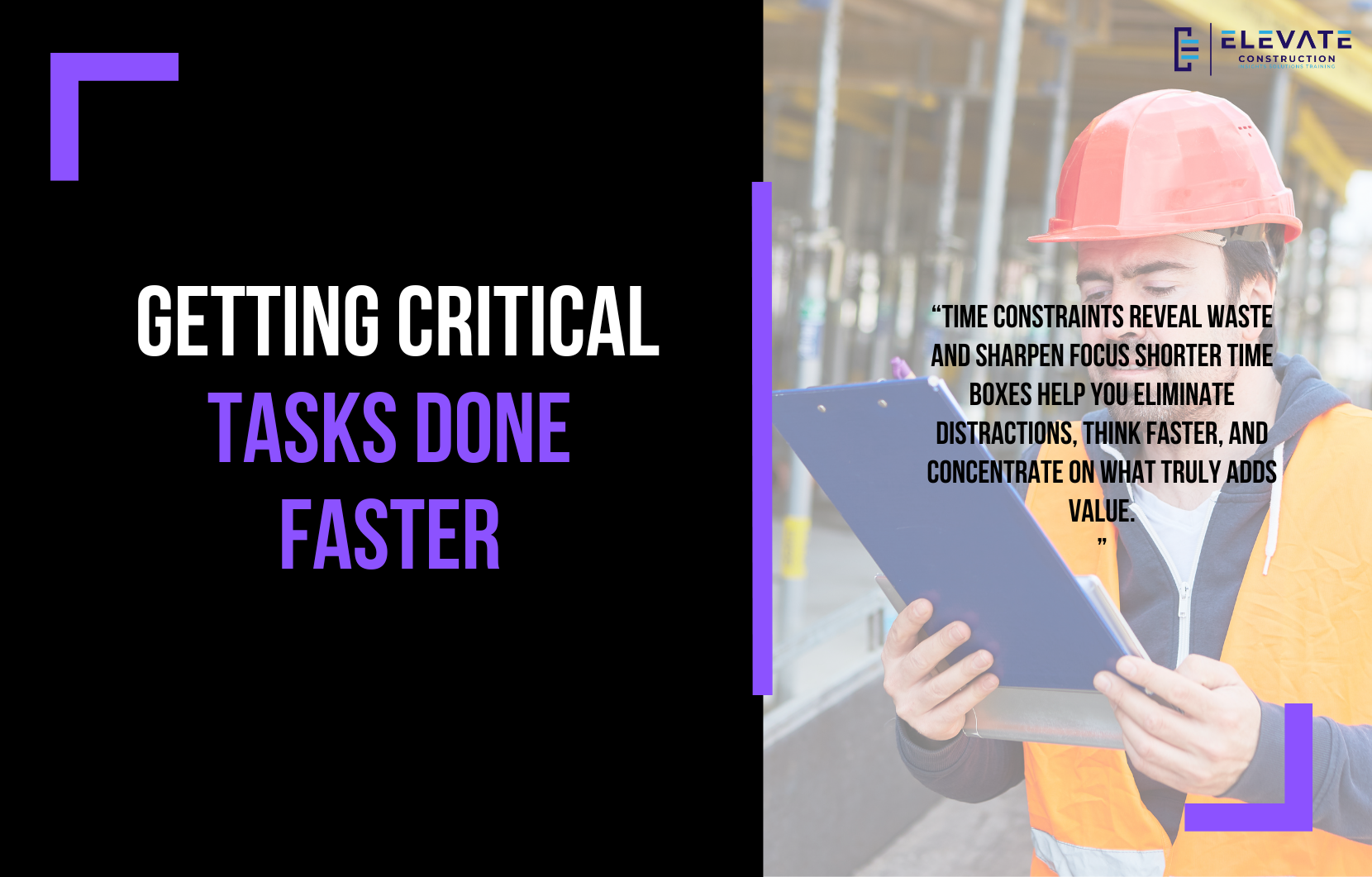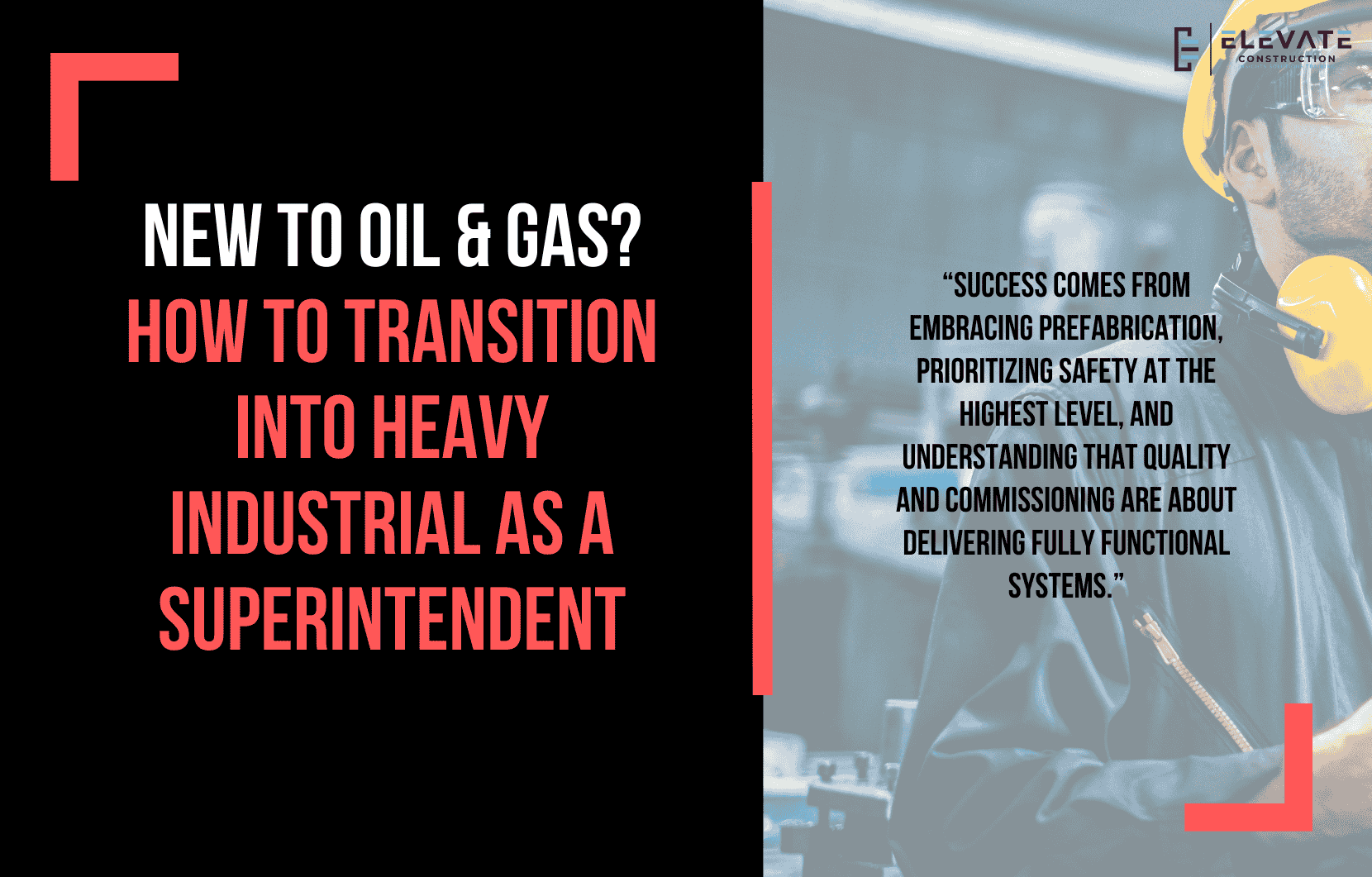Failure to Launch: Why Fear of Starting and Checking In Holds Us Back
In this blog, I am going to talk about failure to launch.
Feedback That Fuels the Mission
I recently received feedback from a listener who shared how Elevating Construction Superintendents has impacted not just his work, but also his life. He mentioned how projects he’s worked on, apartment complexes, tilt-ups, hotels, were messy, disorganized, and behind schedule. Yet, he could see how the principles from the book and podcast might have changed the outcomes. Even when morale was low, he wanted to stay and be part of the solution.
This type of feedback is powerful. It highlights how much people crave projects that succeed and leaders who help them succeed.
A Lesson from the Field
I want to give a shoutout to two organizations:
- Hensel Phelps: where field engineers are trained to create lift drawings in Revit, Tekla, and AutoCAD. It takes them months to build confidence, but the training develops them deeply.
- SunTech Concrete in Arizona: where detailers can produce the same lift drawings in a single day. The expectation there is speed and precision, it’s just the culture.
The point? Different environments have different paces. But regardless of culture, one thing can drag performance down everywhere: failure to launch.
What Is “Failure to Launch”?
It’s the fear of starting and the fear of checking in.
- Fear of starting: The individual avoids action because they don’t want to look unprepared. Instead of asking for help, they stall.
- Fear of checking in: Work begins, but progress isn’t shared because the person wants it to be “perfect.” Weeks go by before feedback arrives—by then, the work usually needs heavy rework.
This creates a vicious cycle: delay → fear → rework → more fear → more delay.
The Antidote
The cure is simple: ask, check in, and iterate.
- Get a mentor.
- Ask questions early.
- Share progress before it’s “done.”
- Accept feedback as fuel, not criticism.
Even after 26+ years in construction, I still ask experts constantly. Lawyers, insurance brokers, trade partners, you name it. If I still check in and ask questions, why wouldn’t someone just start out?
The truth is this: confidence and speed don’t come from waiting until you “know it all.” They come from launching, checking in, and learning along the way.
Key Takeaway
Failure to launch is the hidden killer of progress. Don’t fear starting. Don’t fear checking in. Get help, get feedback, and prevent rework, because speed and confidence come from iteration, not perfection.
If you want to learn more we have:
-Takt Virtual Training: (Click here)
-Check out our YouTube channel for more info: (Click here)
-Listen to the Elevate Construction podcast: (Click here)
-Check out our training programs and certifications: (Click here)
-The Takt Book: (Click here)
Discover Jason’s Expertise:
Meet Jason Schroeder, the driving force behind Elevate Construction IST. As the company’s owner and principal consultant, he’s dedicated to taking construction to new heights. With a wealth of industry experience, he’s crafted the Field Engineer Boot Camp and Superintendent Boot Camp – intensive training programs engineered to cultivate top-tier leaders capable of steering their teams towards success. Jason’s vision? To expand his training initiatives across the nation, empowering construction firms to soar to unprecedented levels of excellence.
On we go


